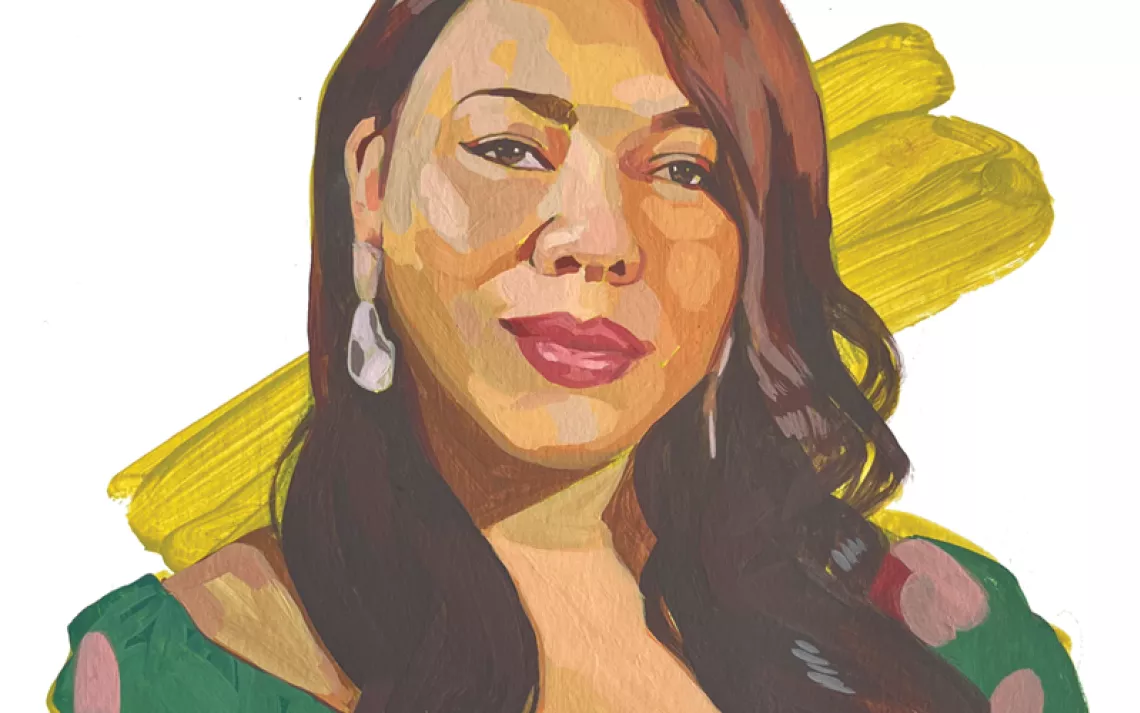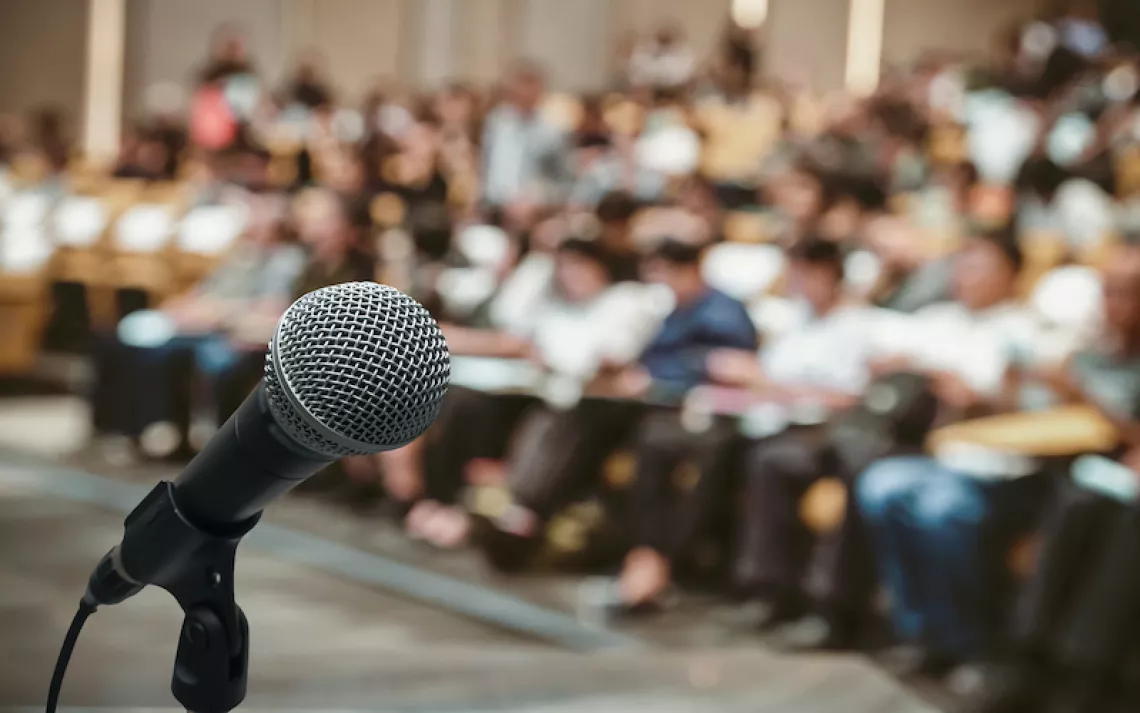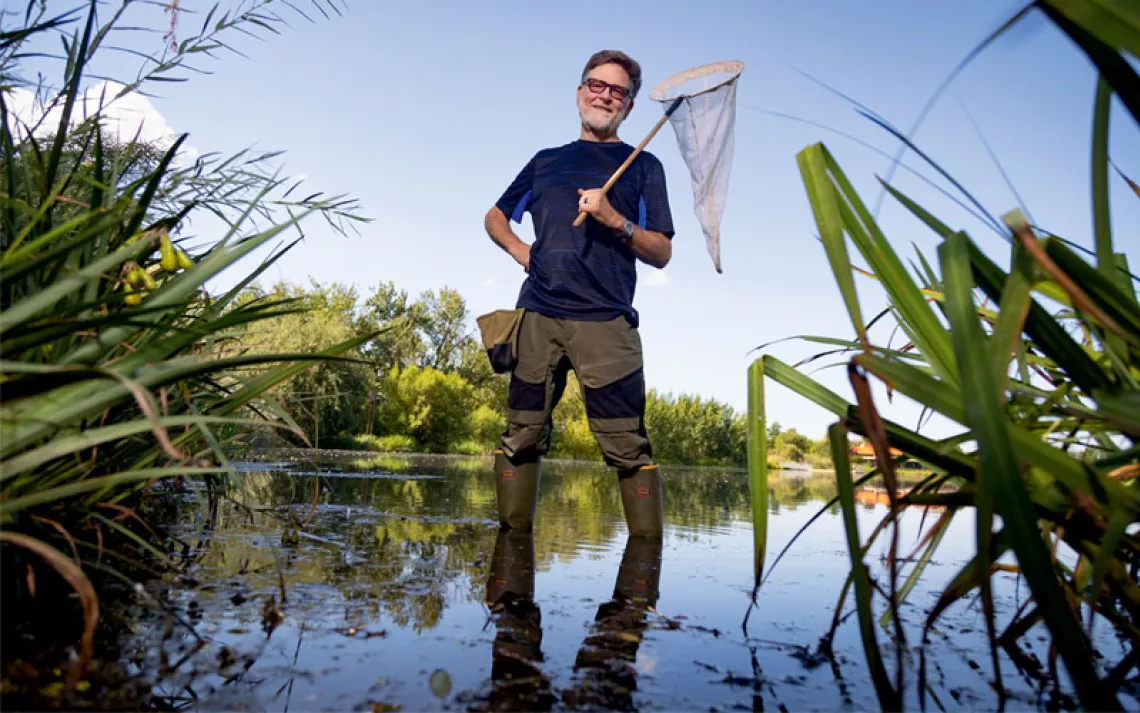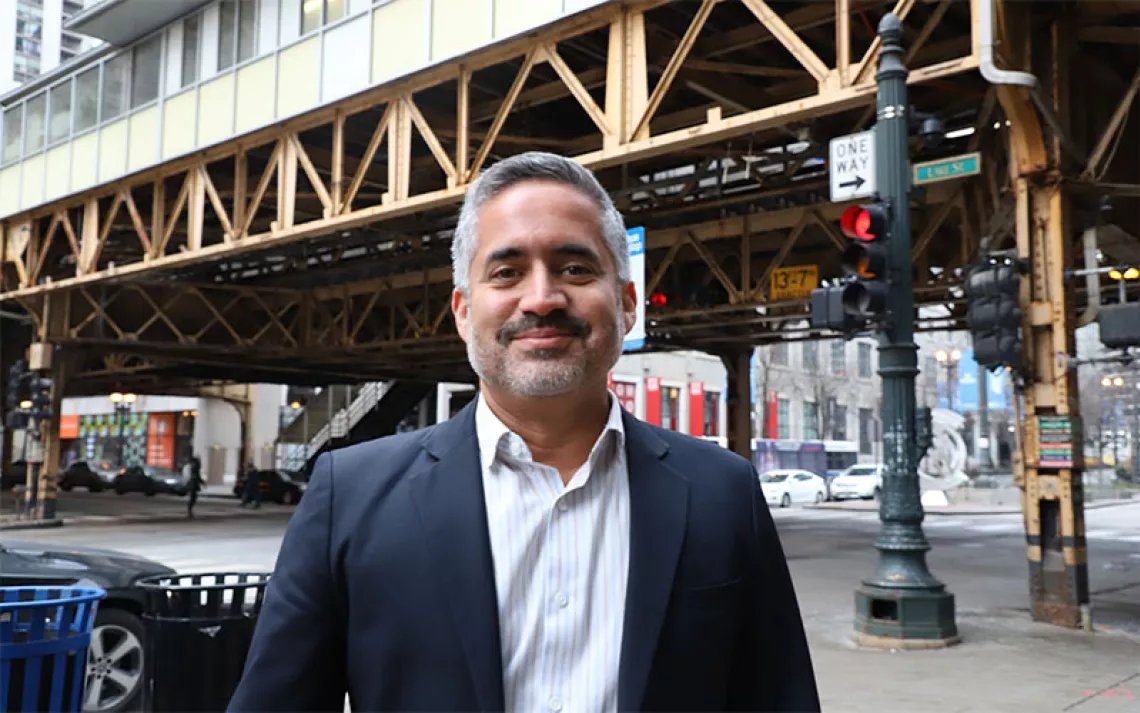Finding Waldo: How Sierra Club Volunteers Are Saving an Oregon Lake
Giving thanks to the hardworking people who keep wilderness wild
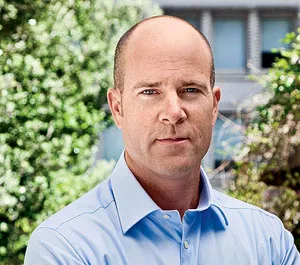
This summer I traveled with my family to some of the wild and beautiful places that the Sierra Club is trying to protect. The two-week trip was filled with great moments, but the one that stood out came early, in Oregon, and I have local activists to thank for it.
We ventured into the Cascade Range, first to Crater Lake—the deepest U.S. lake, with incredibly clear water—then to Waldo Lake, which is even prettier than Crater, though not nearly as famous. Until 1969, the only way to reach Waldo was on foot or horseback. Today, apart from three Forest Service campgrounds, it remains essentially undeveloped, and its water is some of the purest lake water in the world.
To ensure that this part of the Cascades remains wild and beautiful, though, it needs to be permanently protected. When we arrived at Waldo, we met some of the people who are working to make that happen. The Oregon Chapter's Juniper Group, which encompasses most of central and eastern Oregon, is running a first-class campaign called Keep Waldo Wild. The leaders of that effort—David Stowe, Gretchen Valido, and Larry Pennington—were among the folks who came out to show us "their" lake. Most of them are based out of Bend, Oregon, and they're genuinely good, smart, creative, fun people.
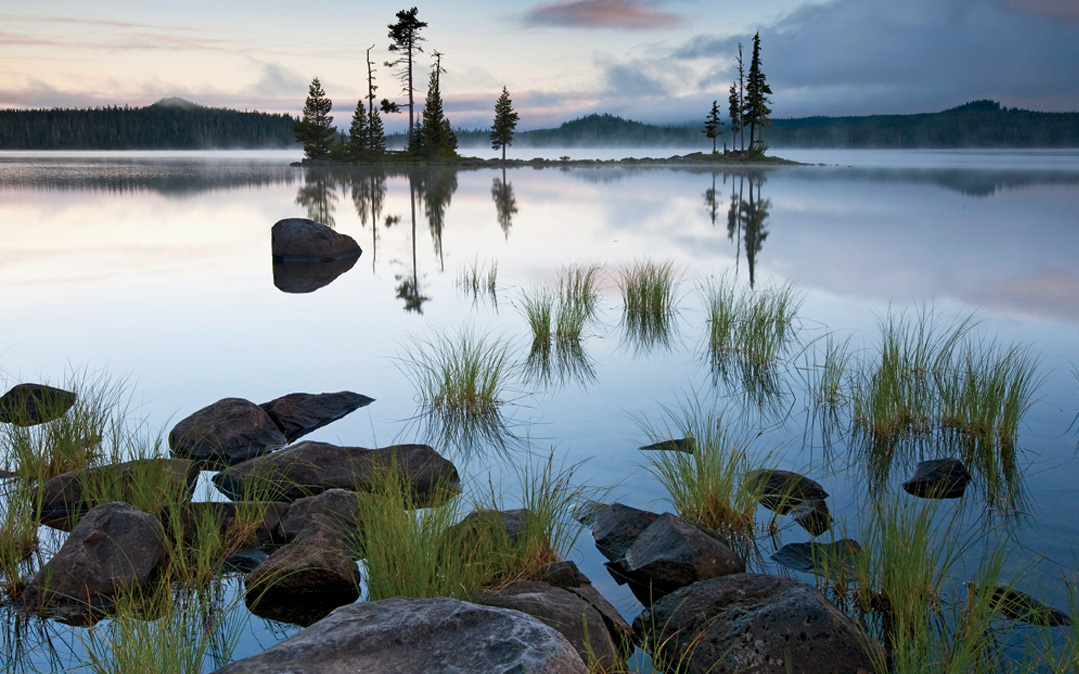
My favorite thing about the Waldo campaign is how the local Sierra Club chapter has reached out to other wilderness groups who've been mountain biking and trail running in the area for years and who, like us, want to prevent it from being overrun by motor vehicles. To that end, Keep Waldo Wild wants to establish new wilderness zones, which come with rigid usage rules, along with adjacent areas that still have strong environmental protections but are open to mountain bikes and trail-running marathons. It's the right thing to do and the smart thing to do. We'll have a bigger coalition and a broader constituency.
That's how I came to meet Woody Starr, the chair of the Central Oregon Trail Alliance, a mountain biking organization that's endorsed the Club's plan for protecting the area. Also at the lake that day were Bruce and Brian Johnson, the great-grandsons of Judge John Waldo, who has been called the John Muir of Oregon and for whom the lake is named.
A few minutes after I met him, Bruce said to me, "You've got to experience the lake. The only way to do that is to get out on it." He said it to me again at breakfast, and kept reminding me throughout the morning: "Just make sure you do it."
Around lunchtime, as we were preparing to leave, I thought, "Maybe I should listen to this guy." So I jumped in a kayak with my little daughter Genevieve, and onto the lake we went.
And that was the moment—the one that will stay with me when I look back. The clarity and color of the water were incredible. They say it's the third-clearest lake in the world, and I could see why. It got deep fast, but the visibility was over 100 feet, so you could see way, way down; the color was that turquoise that you find in the tropics. And then the sun would go behind a cloud and you'd get an entirely different perspective.
I remember sitting out there on the water and wondering how soon I'd be able to get my family back there again, so we could spend more than just a day on and around this amazing lake. And I remember giving silent thanks for the volunteers who work nights and weekends, for months and years at a time, to secure permanent protection for places like this—and who also know when it's time to just climb in a kayak and paddle.
Brune photo: Henrik Kam; Lake: Sean Bagshaw/CCOPHOTOSTOCK
 The Magazine of The Sierra Club
The Magazine of The Sierra Club
